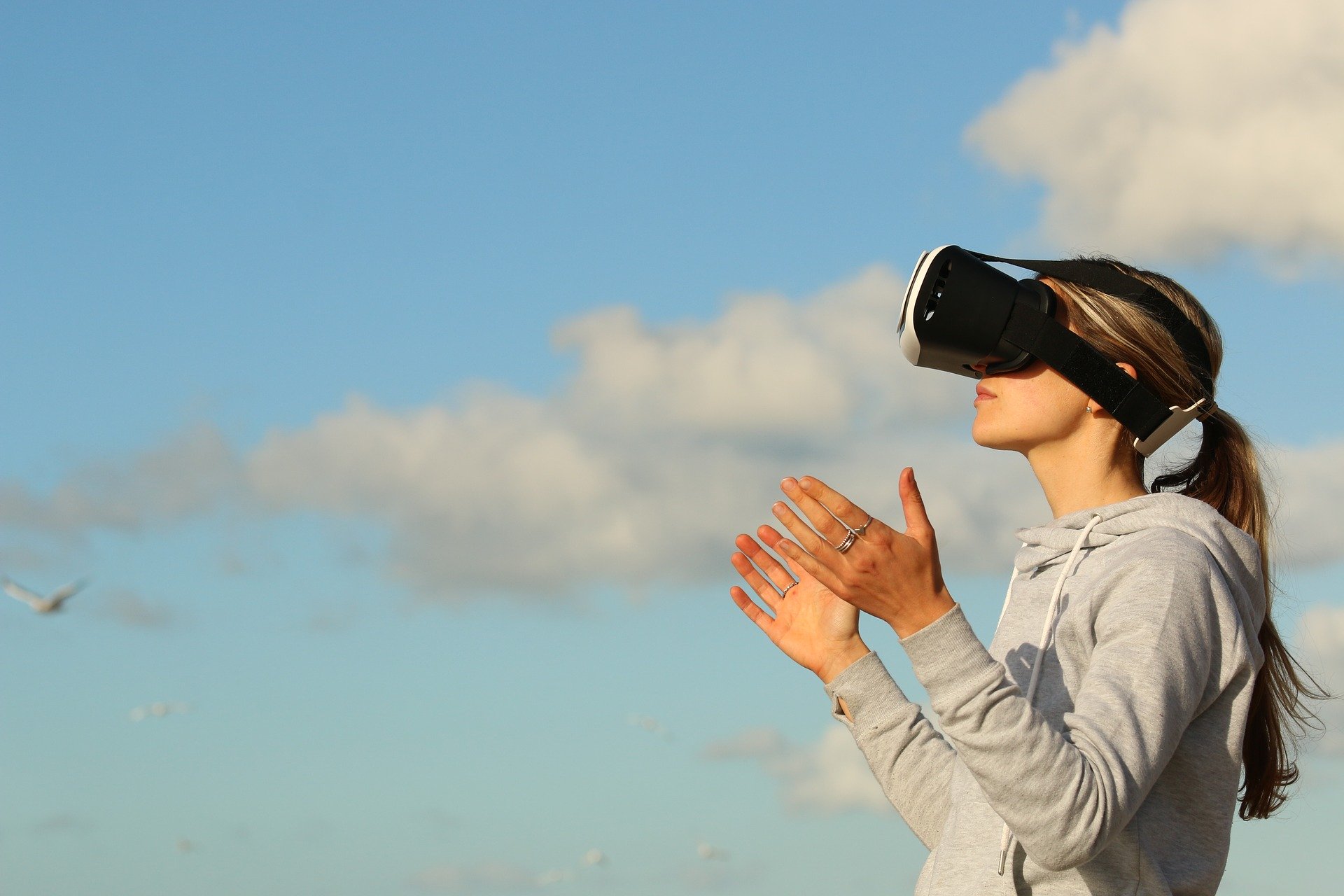Using Virtual Reality as a Treatment for Fear of Flying
Are you absolutely terrified of getting on an airplane? Does this fear make you pause, make your knees weak, or cause you to cry? Does it even prevent you from flying altogether?
If so, you’re not alone. Millions of people all over the globe, in fact around 20%, suffer from aviophobia.

It might not be the most rational fear. Most fears aren’t. You probably know that flying is incredibly safe. The problem is, that fear comes from your subconscious brain, which is something that is hard to control and does not think rationally. It could come from past flight-related trauma, stories you’ve heard, or even from a combination of other fears. No matter what the reason, the best way to treat fear like aviophobia is to interact directly with the subconscious part of your brain.
Fear of Flying Virtual Reality treatment
This is where Virtual Reality (VR) treatment comes in. It confronts the fear at its source. But how exactly is it done?
Fear of flying VR treatment is used for many types of fears, not just for flying phobia. It is best performed by a doctor, therapist, or other mental health professional.
First, the therapist will get to know you, and learn more about your fear. Then, they will strap on a VR headset, and your adventure begins. You will experience all of the sights and sounds of being on a plane, in the safety of being on the ground.
The therapist can measure your levels of anxiety at different parts of the VR experience. Then, they can provide you with a range of therapies, like hypnotherapy, to help you deal with this anxiety.
The process can be repeated as many times as necessary. The goal is that, eventually, you will be able to fly without crippling fear. Your fear may never go away fully, and that is ok. But you can learn to manage it.
How does it work?
As we said, VR treatment confronts fear at its source, in the subconscious pathways of the brain. It is a form of exposure therapy, something that has been used for decades to treat phobias of all kinds.
A phobia is, by definition, an irrational fear. For this reason, simple treatments like talking through fear or meditation are not going to help alleviate a phobia. Instead, deeper work must be done, work that engages the subconscious mind and helps to convince it that you are safe.
Exposure therapy has been controversial, but many experts agree that, as long as it is done safely by a professional, it can have real benefits. So let’s get into how it works.
This process usually occurs over multiple sessions. Slowly, you are exposed in some way to your fear— spiders, confined spaces, water. Then a therapist walks you through how you felt and teaches you techniques to control your fear symptoms. This makes the fear more manageable. They may also use hypnotherapy or other therapeutic techniques.
But exposure therapy can also help to alleviate the fear, rather than just manage the symptoms. Each time that you are exposed to your fear, and nothing bad happens to you, the subconscious part of your brain that controls that fear gets rewired a little bit. It says “hey, that thing didn’t hurt me, maybe it’s not so bad after all”.
So after this happens multiple times, your subconscious mind becomes less afraid of the phobia. The fear may never fully disappear, and that is ok. Having phobias is ok. But exposure therapy teaches your brain to at least be less afraid and makes it easier for you to live your life without worrying about irrational phobias.
And with VR therapy, there are even more benefits. You don’t have to actually be exposed to your phobia. Rather, you just trick your mind into thinking your fear is there, while you’re actually completely safe.
Pros and Cons
VR treatment, and exposure therapy in general, has proponents and opponents. So let’s look at some of the pros and cons.
Cons:
- For one, VR therapy can be expensive, and this can be a problem. It also means that it’s not widely available, so only some people have access to it.
- Some are worried that the use of technology may harm the relationship between a therapist and their client. However, when it comes to VR therapy, this has not been proven to be true.
- Lastly, there can be harmful side effects. People with PTSD, flashbacks, heart disease, panic attacks, epilepsy, or certain medications can be at risk for psychological harm from VR therapy. This is why it’s important to disclose all relevant information to your therapist or doctor. Then they will tell you if VR therapy is right for you.
Pros:
- There are a lot of pros to VR therapy. For one, it can obviously help alleviate your aviophobia. This way, you can fly without being worried about what might happen.
- VR therapy also provides an alternative to exposure therapy, where the environment is 100% safe. There doesn’t have to be any actual physical exposure.
- Additionally, the experience can be personalized to fit you. If there is a specific part of flying that scares you, the VR experience can be programmed to tailor to that specific scenario. So it can provide much more personalized help.
Wrapping it Up
VR therapy for fear of flying can have amazing benefits. It is important to note that it is not a standalone treatment— it should be used with other treatments for the best results.
So if you’re tired of your aviophobia getting in the way of your life, then talk to your doctor or mental health professional about trying Virtual Reality therapy. It could really help.




Great article! It explains the topic well and provides good information about a treatment for people who are afraid of flying. Very helpful!